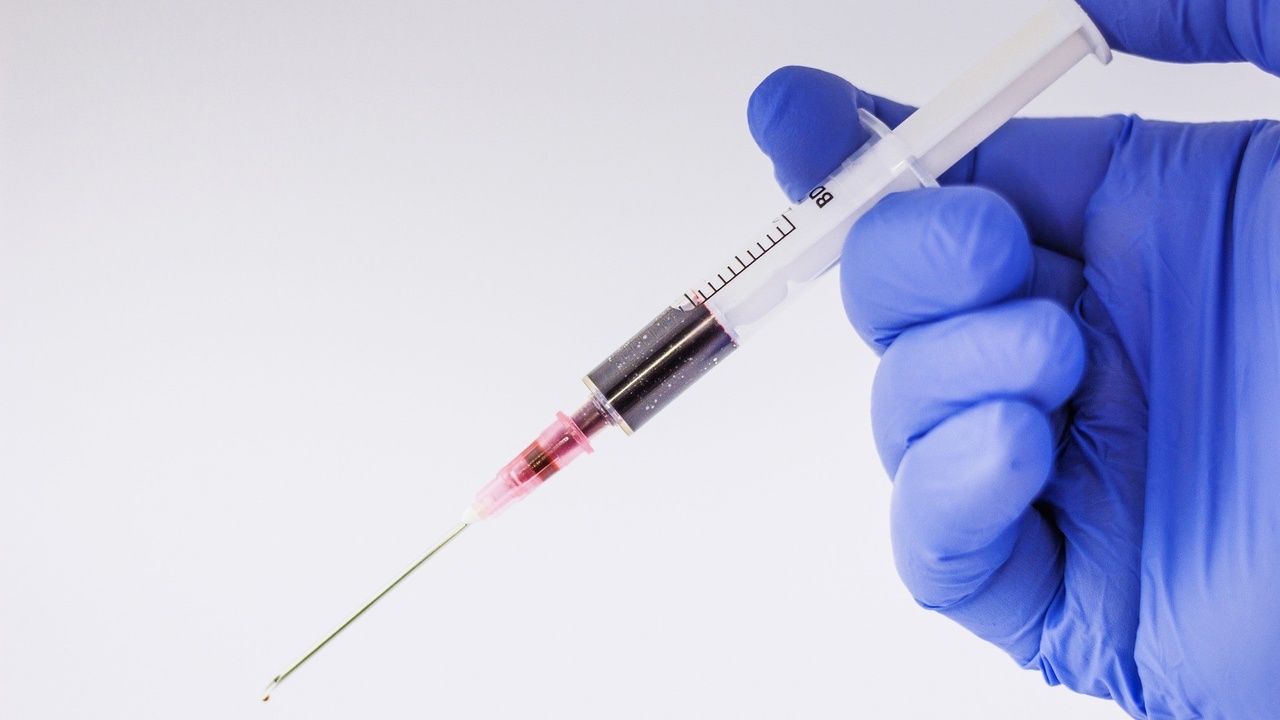Injected relief is a dose of long-term damage

If you are an athlete with recurrent or chronic pain or hang around people with recurrent or chronic pain, you’ve probably heard of cortisone injections. They’re these wonderful injections that (when they work) take away pain. However, before you get your next shot, you might want to know that the world’s most respected medical journal just published a study that shows that cortisone shots actually HARM you more than they help you.
The study looked at a large group of randomized trials looking at recurrent and chronic tendon injuries, and what they found was about what you’d expect:
…cortisone injections did, as promised, bring fast and significant pain relief, compared with doing nothing or following a regimen of physical therapy. The pain relief could last for weeks.
Which is great. A few weeks of relief! Unfortunately…
…when the patients were re-examined at 6 and 12 months, the results were substantially different. Over all, people who received cortisone shots had a much lower rate of full recovery than those who did nothing or who underwent physical therapy…
So why did the cortisone work so well only in the short term?
…The injections seem to have “an effect on the neural receptors” involved in creating the pain in the sore tendon, Dr. Khan said. “They change the pain biology in the short term.” But, he said, cortisone shots do “not heal the structural damage” underlying the pain. Instead, they actually “impede the structural healing.”
via Do cortisone shots actually make things worse? – NYTimes.com.
So what are you willing to do for immediate pain relief? If you’re on a multimillion dollar contract for a professional football team, a few $75 – $250 injection may be worth it to get you through the season. But if you have to make less than a million dollars a year for a few more decades, does it make sense to sacrifice your body’s long term health?
It’s important to notice that doctor in the article points out that the cortisone shots don’t fix the structural issues. They only mask them. Stay tuned for a future blog post that talks more about this article and why “tendonitis” doesn’t actually exist. If you can’t wait, give the original article a read!

